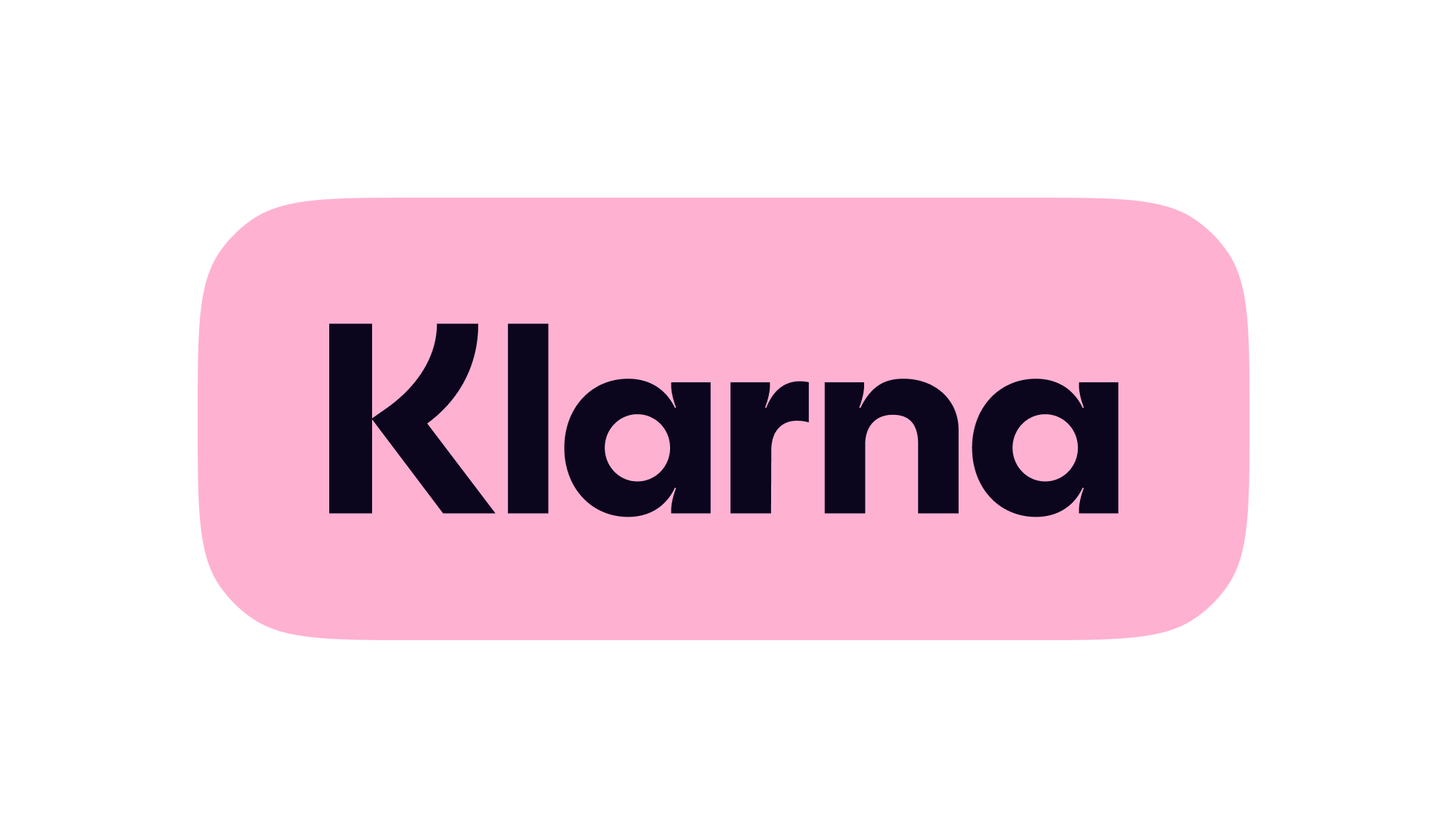What is Botox Used for Medically?
There are two main uses for Botox: medical and cosmetic. Most people are aware of the cosmetic benefits of Botox, which relaxes and paralyses muscles in the face and other areas to reduce the appearance of fine lines and wrinkles.
Botox can also be used to treat a wide range of medical conditions, helping improve patients’ lives and well-being. A qualified medical professional must be consulted before using Botox for medical conditions to ensure that it is the correct course of treatment.
In this article, we will discuss the way that Botox works and some of the many health conditions it can be used to treat.
How Does Botox Work?
Botulinum toxin is naturally produced by the bacterium Clostridium botulinum. When refined and purified, Botox can be used in very small doses to prevent the nerve signalling process and relax the muscles—essentially causing temporary muscle paralysis. This is what creates the smoothing appearance of Botox work when applied to areas like the upper face.
It is a temporary treatment, usually lasting between three and six months. However, this usually depends on the 48 hours after injections as Botox can last longer, provided the patient follows the doctor’s aftercare instructions.
For more information on how to get long-lasting results, please visit our page on longer-lasting botox.
Botox Uses in Medicine
Botox has been used as a medicine for over 15 years in the UK for various medical conditions — in fact, medical use was what Botox was initially made for.
The majority of conditions that Botox is used to treat are neuromuscular disorders, a broad term for a range of conditions that affect the functioning of the muscles and cause progressive muscle weakness.
Upper Limb Spasticity
Spasticity is a medical term for stiff muscles, and it most commonly affects children with cerebral palsy. Spasticity makes it difficult for people to carry out normal activities like eating, sitting and sleeping.
Upper limb spasticity can often be treated using oral medications, but in some cases, injecting Botox into the affected area can be the most effective treatment to improve quality of life.
Botox works in such conditions by blocking the chemical signs between the nerve and the muscles, making the muscles tighten. Botox has been safely used in cases of upper limb spasticity for over 25 years, with excellent relief from symptoms for patients.
Botox for Strabismus
Strabismus is a condition that causes the eyes to point in different directions. It is most commonly found in children but may affect adults as well. While it is not an urgent or serious medical condition, it can cause issues with eyesight and be a source of embarrassment.
Doctors can use botulinum toxin to correct strabismus. It is applied to muscles around the eye, preventing them from working and helping the eyes become more aligned. This can then resolve issues of blurred or double vision that are common in people with strabismus.
Botox for Hyperhidrosis
Hyperhidrosis is a condition in which a person sweats excessively, typically from the underarms. It occurs when the sweat glands are overactive. Hyperhidrosis isn’t a cause for medical concern, but it may cause embarrassment for social and relationship issues for people who experience it.
Botox injections can be used to control the symptoms of severe underarm sweating. It is usually recommended after other treatments, such as high-strength deodorants, have failed. The key benefits of Botox for underarm sweat include the following:
- Reduced or stopped sweating for up to six months
- Minimally invasive
- Highly effective
- Generally, very safe
However, there are some negatives to Botox as a treatment for underarm sweating. These include:
- Pain during the procedure
- Expense
- Regular top-up treatments are required
Use of Botox for Migraines
Migraines can be debilitating and make living a normal life difficult. Chronic migraines are classified as anyone who experiences migraine for more than 15 days per month.
Botox can be used to treat migraines in people over 18 by injecting it into areas around the head and neck.
This treatment may not necessarily resolve the root cause behind migraines, but it can be invaluable in preventing pain from being transmitted between the brain and nerves that come from the spinal cord. Botox treatment has been used to successfully manage chronic migraines and has been proven to be effective in clinical trials across the globe.
Botox for Incontinence
Urinary incontinence can be an upsetting condition to deal with and can affect both men and women. It is often more common in older women and people who have had children. Botox can resolve incontinence by stopping the bladder wall muscles from tightening too much.
This reduces the frequency with which someone needs to urinate and can reduce urinary incontinence. This treatment can be highly effective at helping to relieve the symptoms of an overactive bladder.
Botox for Blepharospasm
Blepharospasm is a condition where the eyelid twitches or blinks without your control. It can make life difficult for anyone who experiences blepharospasm — sufferers find that they are unable to drive, read or watch TV with the condition.
Botulinum toxin injections can treat this twitching by blocking the signals from the nerves to the brain and relaxing or paralysing the muscles into stillness.
The injections typically take two days to two weeks to begin working and are usually highly effective at preventing blepharospasm. As with any other condition treated by Botox, patients will normally need to be treated again within three to four months.
Other Sses for Botox
Botox is used for medical and cosmetic conditions as well. As mentioned above, one of the most well-known uses for Botox is smoothing fine lines and wrinkles.
Other possible uses for Botox that are currently being researched include:
- Depression
- Premature ejaculation
- Abnormal heartbeat
- Painful sex in women
Further clinical trials are needed to ensure the efficacy and safety of Botox in treating the above conditions, but the range of medical and cosmetic uses for Botox is truly impressive.
Anyone considering Botox treatment for medical reasons should always discuss this with their doctor and a specialist in Botox treatments. They should also ensure that they use a qualified medical professional with training in Botox to carry out any treatments that are necessary, which is crucial for a safe and effective treatment.
Botox Training at Derma Institute
At Derma Institute, we offer a range of Botox training qualifications, from beginner courses through to our Level 7 diploma in Injectable Therapies and Masterclasses for advanced practitioners. With state-of-the-art facilities and highly qualified trainers, there’s no better place for aspiring Botox practitioners to begin their training.
Are you interested in completing a Botox training course and acquiring a qualification to administer Botox for medical uses? Contact us today and start your career in Aesthetics with Derma Institute.






